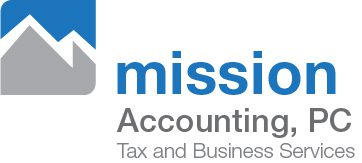So you’ve been asked to serve on a local non profit board and you’re wondering what all it might entail. Or maybe you are already on a board and have a feeling it could/should be run a little different, but you don’t have anything to compare it against. Well fear not and read on. There is a plethora of available information concerning ideal boards and their responsibilities and best practices. In my line of work, I have add the opportunity to observe well run boards and have even served on some. Here are my top thoughts on the subject:
The basic responsibilities of a non profit board of directors – determine organizations mission and purpose, select and periodically evaluate the chief executive, development of the long term strategic plan and the resources necessary to carry it out (this includes fiscal monitoring), monitor the organizations programs and services, and enhance the organization’s public image while ensuring legal and ethical integrity and accountability.
By their very nature, non profit organizations (NPO) have been entrusted with assets and funds in order to carry out their stated mission. Possibly even more so than for profit boards, the NPO board of directors has a critical role of stewardship. The ideal board provides the steady hand of oversight and the final responsibility of the NPO’s actions and donor accountability. The board provides management of short and long term funds, vision to the strategic planning process, and participate in the development of new and existing donors.
Sounds like a tall order, right? Well it is, but it can come together, rather easily, with a few proactive steps – Recruitment and development of new board members is a continual process. New and existing board members should be well aware of the expectations and roles, and results should be regularly discussed. Board job descriptions and various development projects should be written out and communicated. Finally, a strong board chair is an important ingredient for overall success.
